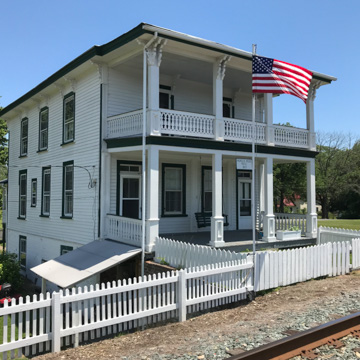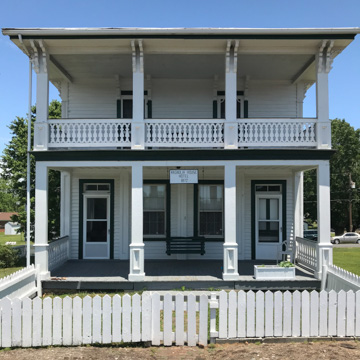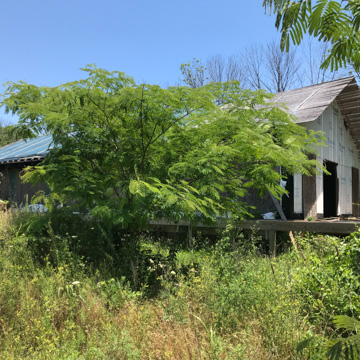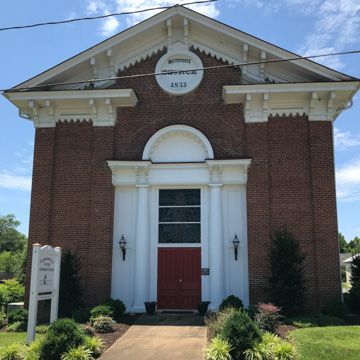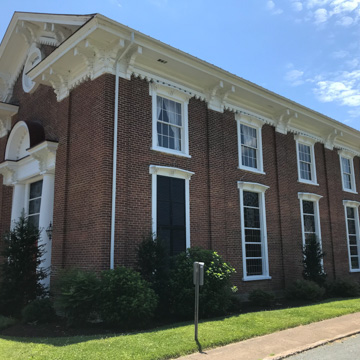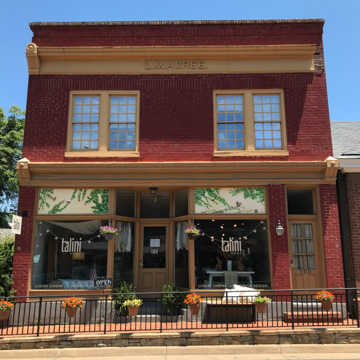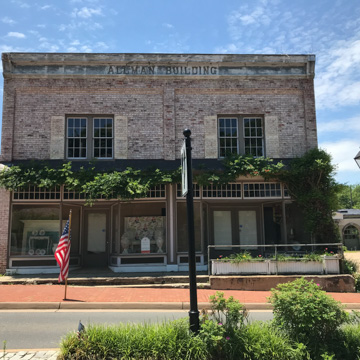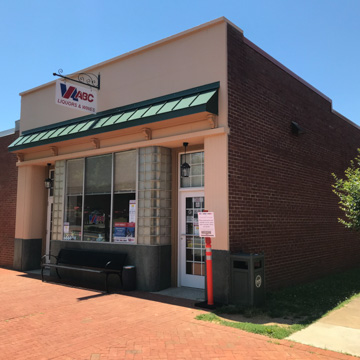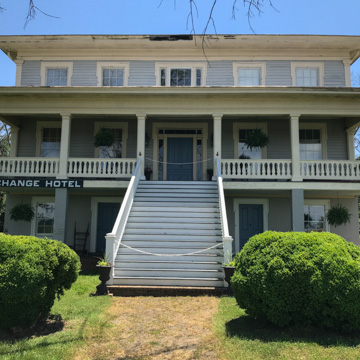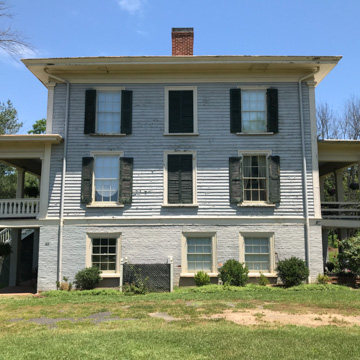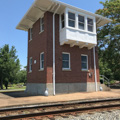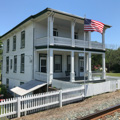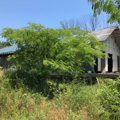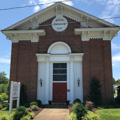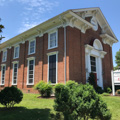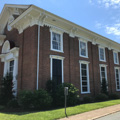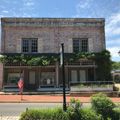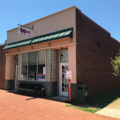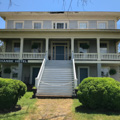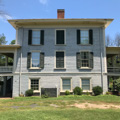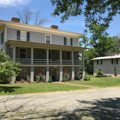A perfect example of a railroad junction town, Gordonsville grew from a crossroads tavern in the decades before the Civil War, when two railroads and two turnpikes crossed here. The town prospered, though in recent years decline has set in. The Chesapeake and Ohio Railroad (now CSX) overpass still runs through town and helps to define it. Along the railroad tracks are a water tower, a freight shed, and a C&O signal tower (c. 1904), designed in a Colonial Revival mode. Many of the houses on both sides of the tracks have large rear porches that overlook the tracks. The Magnolia House (c. 1873, 109 North Commerce Street) was a hotel that sat within twenty feet of the tracks. The passenger station was torn down in the 1970s, but the former C&O Freight Depot (c. 1850; 201 Depot Street) is a classic example of early railroad building.
Main Street (U.S. 15 and 33) bisects the town and is divided into north and south portions by the railroad overpass. Along Main Street are several structures of interest. The Gordonsville Methodist Church (1873; 407 North Main Street) is a wild, vibrant Italianate structure, with projecting eaves, large dentils, and brackets and the original distyle in antis portico surmounted by a Palladian arch motif. Such exuberance is rare in small-town churches of the Piedmont. The former E. J. Faulconer House (c. 1856; 304 North Main Street) exhibits Italianate characteristics.
South Main Street is more commercial. The L. M. Acree Building (c. 1920; 102 South Main Street) retains its original glazed shopfront and sheet metal cornice. The building is executed in yellow brick on the front and red brick on the side. The Allman Building (c. 1920; 103 South Main Street) is also largely original and has paired brick recesses that articulate the upper story. The Virginia ABC Store (c. 1936; 201 South Main Street) is streamlined Art Deco with glass block. Terminating the axis of South Main is the Exchange Hotel (1860; 400 South Main Street), now a library and museum run by Historic Gordonsville, Inc., and open to the public. Greek Revival in style, it has two large gallery-type porches that overlook the original railroad junction.






